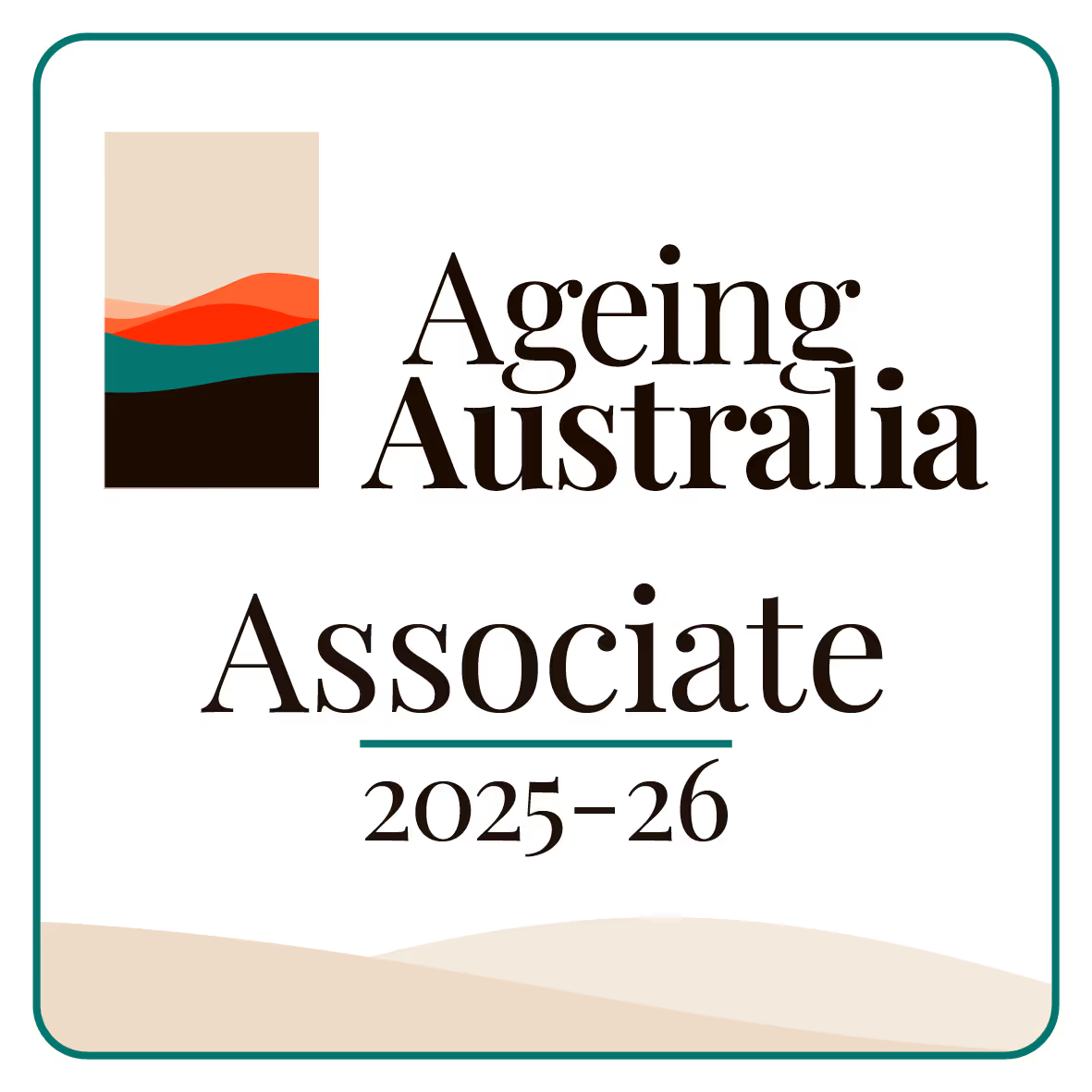What is Home Modification?
Home modification refers to the changes made to a house or living space to better suit the needs of older people. These changes are designed to create a safe and accessible environment. They can include installing ramps, grab bars, improved lighting, and non-slip flooring. The clear purpose of home modification is to help residents move around safely and perform everyday tasks with ease.
Why Home Modification is Important in Aged Care
As people age, their ability to navigate their home safely may decline. Certain areas, such as stairways or bathrooms, can become challenging and even dangerous. Home modification makes these spaces safer by addressing common hazards. For example, installing grab bars in the bathroom reduces the risk of falls, while ramps help those who use mobility aids. By making these adjustments, older residents can remain in their own homes longer, enjoying the comfort and familiarity of a place they love.
Types of Home Modifications

There are several types of modifications that can be made to meet the needs of older people:
- Ramps: These allow for smooth and safe access to the home, especially for those using wheelchairs or walkers.
- Grab Bars: Installed in bathrooms and near stairs, these provide additional support.
- Non-slip Flooring: Replacing slippery surfaces with non-slip options helps prevent falls.
- Improved Lighting: Better lighting in hallways, bathrooms, and other areas makes it easier to see and move safely.
- Bathroom Adaptations: This may include a walk-in shower, a raised toilet seat, or installing a shower chair.
- Widened Doorways: In some cases, doorways are widened to allow easier movement for residents using mobility devices.
How Home Modifications are Planned and Implemented
The process of home modification starts with an assessment by a trained professional. This assessment identifies areas in the home that may pose risks or hinder daily activities. The professional then discusses the resident’s needs and preferences to create a clear modification plan. This plan outlines the specific changes needed, along with a step-by-step guide on how they will be implemented. Once approved by the resident and their family, the work is carried out by specialists who ensure that all modifications meet safety standards. Regular follow-up checks help confirm that the changes remain effective as the resident’s needs evolve.
Benefits of Home Modification

Home modifications bring many benefits to older residents:
- Enhanced Safety: Reducing hazards helps prevent falls and injuries.
- Increased Independence: With a safer home environment, residents can perform daily tasks with less assistance.
- Improved Quality of Life: A home that is easier to navigate can boost confidence and allow residents to stay in a familiar, comfortable setting.
- Peace of Mind for Families: When the home is well-adapted, family members feel reassured that their loved one is living in a safe environment.
Challenges and Considerations
While the benefits are clear, home modifications can also present challenges. Financial costs may be a concern, as not all modifications are fully covered by government programs or insurance. The planning process requires clear communication among the resident, family, and professionals to ensure that all needs are met. Additionally, modifications may need to be updated over time as the resident’s condition changes. Despite these challenges, the long-term benefits of a safer, more accessible home often outweigh the initial hurdles.
Final Thoughts
Home modification in aged care is a crucial way to support older people in living independently and safely. By making clear and practical adjustments to a home, these modifications address common risks and improve the overall quality of life for residents. With careful planning, regular reviews, and a focus on safety, home modifications help create a secure environment that respects the needs and dignity of every individual.
Frequently Asked Questions
What is Home Modification in the context of aged care?
Home modification refers to changes made to a house or living space to better suit the needs of older people, creating a safe and accessible environment. Examples include installing ramps, grab bars, improved lighting, and non-slip flooring.
Why is Home Modification important for older residents?
Home modification is important because as people age, their ability to navigate their home safely may decline, making areas like stairways or bathrooms challenging and dangerous. Modifying these spaces, such as by installing grab bars in the bathroom, makes them safer, reduces the risk of falls, and allows older residents to remain in their own homes longer.
What are some common types of home modifications?
Common types of home modifications include ramps for easier access, grab bars for support, non-slip flooring to prevent falls, improved lighting, and bathroom adaptations like walk-in showers or raised toilet seats. Widened doorways may also be implemented for those using mobility devices.
How is the home modification process managed?
The process begins with an assessment by a trained professional to identify risks and difficulties. This professional then works with the resident and family to create a clear modification plan outlining the specific changes. Once approved, the work is carried out by specialists, with regular follow-up checks to ensure the changes remain effective.
What are the main benefits and potential challenges of home modification?
The main benefits are enhanced safety (preventing falls), increased independence, improved quality of life, and peace of mind for families. A key challenge is the financial cost, as not all modifications are fully covered by insurance or government programs, and the need for clear communication during the planning process.






